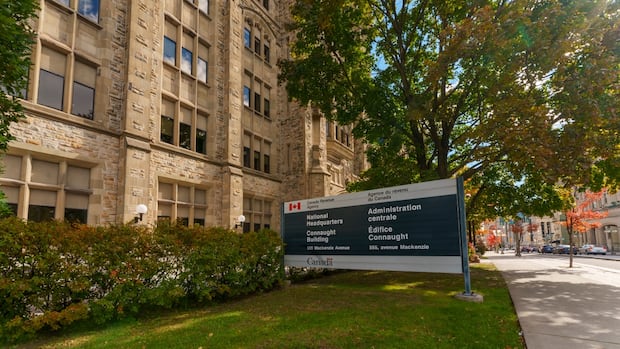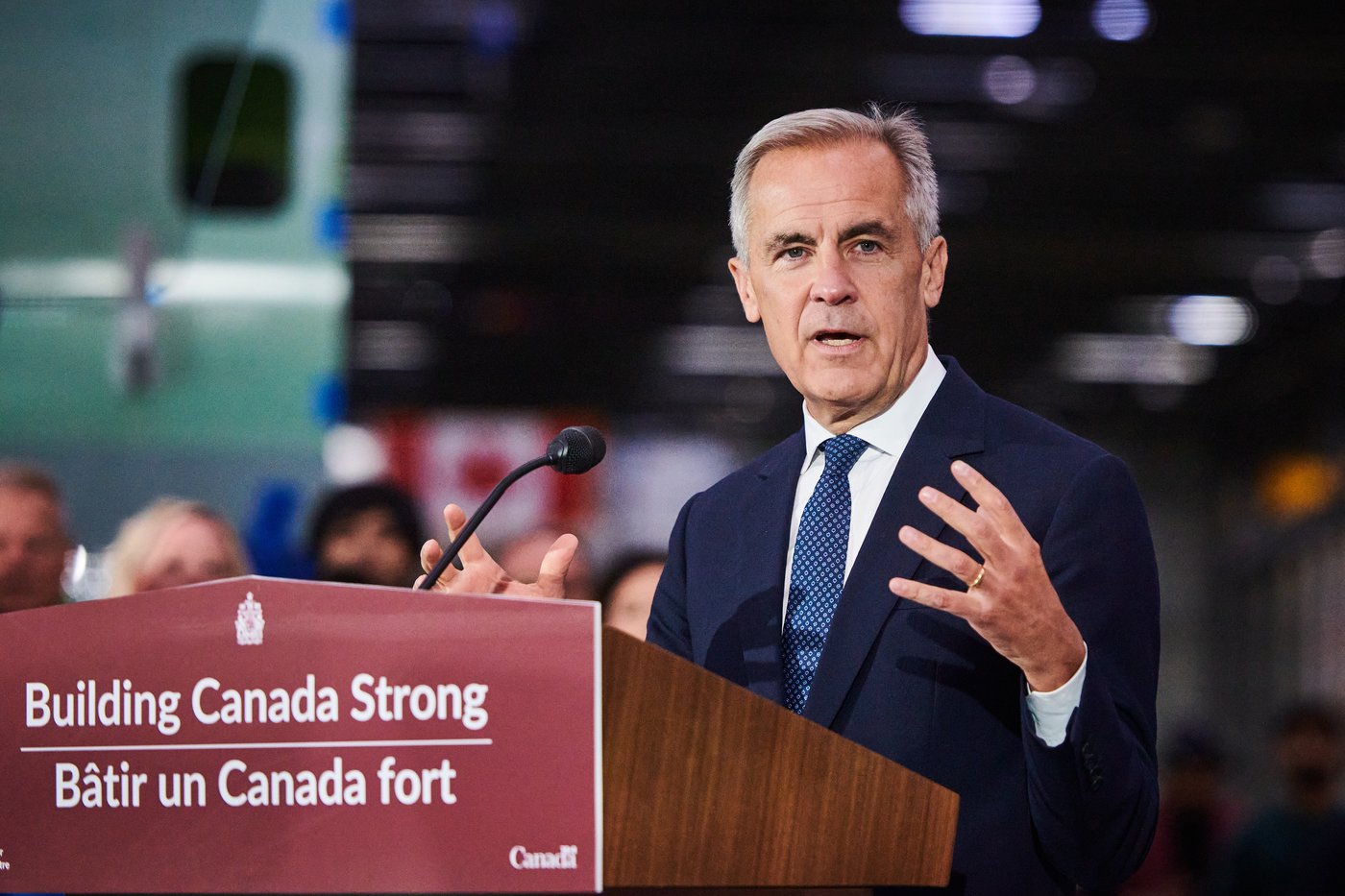Federal public service shrinks for 1st time in a decade

The Canadian federal public service has experienced a significant decrease in its workforce for the first time since 2015, with nearly 10,000 jobs being cut over the last year, according to the latest data released by the Treasury Board Secretariat (TBS).
In March 2024, there were 367,772 federal public servants employed across various agencies and the core public administration. However, one year later, this number had dropped to 357,965, representing a 2.6% decrease in the overall workforce. It is important to note that this data does not include members of the RCMP, the Canadian Armed Forces, or a few other employers.
The majority of the job cuts, totaling 7,051 or 72%, were in federal agencies such as Parks Canada, the National Capital Commission, and the Canada Revenue Agency (CRA). The remaining 2,756 jobs, accounting for 28% of the total cuts, were in the core public administration.
The recent reductions in the workforce were not evenly distributed across departments and agencies. The Canada Revenue Agency (CRA) was the most affected, losing 6,656 jobs and leaving the tax agency with 52,499 employees. Other departments such as Immigration, Refugees and Citizenship Canada also experienced significant job losses, with 1,944 employees being cut, bringing the total workforce to 11,148.
Despite the overall decrease in the federal public service workforce, some departments and agencies saw growth in their employee numbers over the past year. Natural Resources Canada, National Defence, Global Affairs Canada, and the Communications Security Establishment all added employees to their teams.
The job cuts have raised concerns among public service unions, with the Union of Taxation Employees (UTE) expressing worries about the impact on service delivery and processing times. The CRA has announced multiple rounds of layoffs, further exacerbating the situation.
During the recent federal election campaign, promises were made by Prime Minister Mark Carney and Conservative Leader Pierre Poilievre to address wasteful spending in the public service. Poilievre advocated for reducing the size of the public service and limiting the use of contractors, while Carney emphasized capping the public service and leveraging artificial intelligence (AI) technologies.
As the federal government prepares to release its budget in the fall, the future direction of the public service remains uncertain. The recent workforce reductions signal a shift in priorities and a potential reconfiguration of government operations to optimize efficiency and effectiveness.



